Maintaining intestinal health of chickens
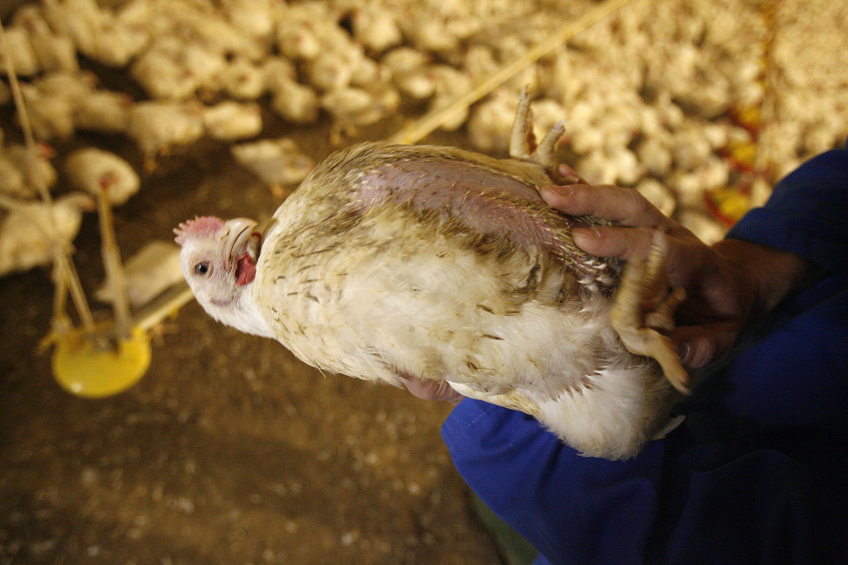
Intestinal health is an intricate and complex area combining nutrition, microbiology, immunology, and physiology, and has a key role to play. When intestinal health is compromised, digestion and nutrient absorption are affected which, in turn, can have a detrimental effect on feed intake and conversion leading to economic loss and a greater susceptibility to diseases.
Unfortunately, most of the intestinal health problems remain undiscoverable because they are not necessarily reflected in clinical symptoms. In advanced stages, however, such problems may become too severe to be controlled with a resulting low production and high mortality levels. The following is a review of feeding and management strategies to be observed when attempting to alleviate intestinal health problems and the production hazards associated therewith.
Early feeding
Recent work has indicated that provision of nutrients in ovo or immediately after hatch can alter ontogeny of the gut by stimulating development of enteric cells including enterocytes and goblet cells. Such an alteration of the gut morphology has resulted in heavier body weights and muscle weights of broilers through day 35 of age. It has also been found that early feeding is important for proliferation of the stem cells which act against environmental pathogens. This is particularly important in situations where little or no antibiotics are allowed in the feed.
Physical form of the diet
It was found that feeding whole wheat to broiler chickens reduced the number of Salmonella typhimurium and C. perfringens in the intestinal tract of birds, and hence reduced mortality associated therewith. For example, the use of wheat finely ground with a hammer mill has in some cases increased mortality to 28.9% compared to a mortality of 18.1% when using wheat coarsely ground with a roller mill. In other studies, however, the feeding of whole wheat or coarsely ground wheat to broiler chickens experimentally infected with coccidiosis has enhanced development of Eimeria tenella in the caecum. This resulted in significantly lower weight gain in the whole wheat group compared with ground wheat-fed broilers. From these studies, it can be concluded that when the GI tract is healthy, inclusion of whole wheat into the diet may help improve digestive tract function and immunity, but when integrity of the GI tract is already impaired through microbial invasion, then inclusion of whole grains may decrease performance.
Protein nutrition
The increased protein level of the diet can be a contributing factor to necrotic enteritis in broiler chickens, which usually occur 2 to 6 weeks post hatching. This is due to the over growth of C. perfringens in the small intestine, increasing from a normal level of 104 CFU to 107 or 109 CFU per gramme of digesta and causing clinical disease.
With the increased dietary protein level, there will also be an increased activity of the enzyme trypsin in the small intestine. This will, in turn, lead to faster release of coccidia from their oocytes which eventually become so active as to be less responsive to vaccination.
In cases where such bacterial and protozoan agents are likely to prevail, it may then be beneficial, among other measures, to reduce the supply of protein and maintain it below the recommended range. It is also important to consider the amino acid balance of the protein source to be used. Methionine and glycine, for example, have long been known to stimulate growth and establishment of C. perfringens and other pathogens in the gut. Therefore, the use of protein sources having excessive amounts of these amino acids should be minimised.
![Clean and unaffected feet are an indication that manure quality
is good, hence digestion is also good. [Photo: Hans Prinsen] Clean and unaffected feet are an indication that manure quality
is good, hence digestion is also good. [Photo: Hans Prinsen]](/Resizes/420x315/PageFiles/47/08/40847/002/002_533_rb-image-2803097.jpeg)
Also, there are some protein sources such as raw soybean, cottonseed meal, and flax cakes, which contain varying amounts of anti-nutritional factors such as trypsin inhibitors, gossypol, and glucosides, respectively. When ingested by the bird, these factors would then exert some damaging effects on the small intestine, thereby impairing the immune apparatus having not only local but also systemic protective functions. Excessive use of such protein sources in the diet should, therefore, be avoided as well.
Fat nutrition
A study was connected to compare the effects of two different fat sources (10% lard and tallow vs 10% soy oil) on bacterial community in the ileum of broiler chickens receiving diets supplemented with antibiotics containing avilamycin (10 mg/kg of feed) and salinomycin (40 mg/kg of feed). Results are given in Table 1. The improved response of chickens to antibiotic treatment with the soy oil over the animal fat diet could be attributed to the higher content of unsaturated fatty acids in the soy oil, which increases solubility in the micellar phase and hence facilitates dispersion of antibiotics in the small intestine. The type of fat source may also indirectly influence gut microflora through its impact on viscosity of digesta, intestinal transit time, bile salt hydrolase activity, and digestion in the small intestine.
Fibre nutrition
Fibre has an effect on the microbial profile of the gut through production of short-chain fatty acids (SCFA). In studies with diets containing corn, wheat, and soybean meal (3.1% crude fibre), the production of SCFA in the caecum was only 22 mg/g of caecal sample, and has increased to 51 mg/g when adding soybean hulls to bring the fibre level up to 5.7%. The increased production of SCFA due to addition of the fibre source to the diet was linked with a bacteriostatic effect on some enteric bacteria such as C. perfringens, which has, in turn, improved health and performance of birds.
Supplementation with garlic powder
Garlic is a feed additive that is frequently used in the Mediterranean region. It contains about 17% protein 0.8% fat, 3% minerals, with varying amounts of vitamins (thiamine, riboflavin, and niacin) and enzymes (allinase, peroxidase, and myrosinase). In addition, garlic contains about 0.2% volatile oils which are particularly released when the plant is processed into powder form.
It has been shown that garlic constituents interact with the gut endocrine system, and are hence able to stimulate selective population of intestinal cells and cause enlargement of intestinal villi, particularly in the duodenum section, with a resulting increase of the absorptive capacity (Table 2). This mechanism could provide a clue for the improved weight gain of chickens despite the reduced intake of garlic-supplemented diets. In other reports, it has been suggested that incorporation of garlic powder into poultry diets helps reduce the turn-over rate and the number of sloughed cells in the intestinal epithelium, thereby saving large amounts of feed energy needed to perform this function and directing such energy to productive purposes. This could also be a factor contributing to the better feed efficiency observed with garlic-supplemented diets.
Supplementation with black cumin
The black cumin is also grown in the Mediterranean region, and has long been used as a therapeutic/flavouring agent in human food, particularly the bakery products. More recently, the herb has been introduced into poultry nutrition programs for therapeutic and nutritional purposes.
Feeding of high dosages of powdered black cumin seeds to laying hens has been shown to decrease population of the harmful bacteria E.coli, probably due to its high content of crude acetone extract. Further, population of the beneficial bacteria Lactobacillus tends to increase with feeding of black cumin, but this effect was not statistically significant. The results suggest that the use of black cumin seed could be an effective alternative to synthetic antibiotics for promotion of poultry health and performance, in addition to the advantages of environment safety and low cost commercial feed formulation.
![Feed quality and
composition can trigger a negative response when it is changes
during the production period. [Photo: Hans Prinsen] Feed quality and
composition can trigger a negative response when it is changes
during the production period. [Photo: Hans Prinsen]](/Resizes/420x315/PageFiles/47/08/40847/003/003_90_rb-image-2803101.jpeg)
Use of probiotics
Probiotics are live microbial feed supplements that are currently used in place of antibiotics which have been restricted through legislations enacted worldwide under social pressure. Diets supplemented with probiotics are beneficial to the bird, as they improve its intestinal microbial balance through competition for attachment sites in the GI tract. The bacteria of the probiotic attach to the intestinal mucosa, thereby forming a physical barrier that blocks the attachment of pathogenic bacteria.
It has been shown that probiotics can effectively displace salmonella and other enteric pathogens colonising the GI tract of chickens. In one study, 80-90% reduction in salmonella recovery rates from challenged chickens treated with probiotic culture were typical. Similar effects have also been noticed for other pathogens such as C. coli and mycotoxins.
In a large-scale commercial trial, administration of probiotics to turkeys increased body weight gain by about 230 grammes over 120 flocks evaluated, with similar gains observed in commercial trials with broilers. The birds were also healthier and had better resistance to various infectious diseases when fed on probiotics. This is probably due to the ability of probiotics to produce antimicrobial compounds, enzymes, and metabolites which stimulate specific and non-specific immune responses of chickens and hence enable them to resist various infections.
Use of organic acids
It has been suggested that the use of organic acid salts, such as butyrate, is important for normal epithelial cells as evidenced by the improved villus length and crypt depth. They also lower the pH in the GI tract thereby providing an unsuitable medium for growth of the coliforms, which are often responsible for high chick mortality. In addition, the organic acid salts improve protein and energy digestibility by reducing microbial competition with the host for nutrients, and reducing production of growth depressing microbial metabolites. Probably, these could be the reasons that butyrate improve feed utilisation and lead to better performance in the birds (Table 3).
Other management strategies
There are other management strategies which also help maintain intestinal health and improve chick performance. These include the construction of chicken houses at adequate distances to avoid easy transmission of pathogens from one flock to another. Provision of appropriate brooding conditions such as temperature, ventilation, proper stocking density, and adequate access to feed and water. Preventing exposure of chickens to high noise stress (80 dB or more) over long periods of time and the selection of proper vaccines that cope well with the prevailing microbial conditions, with such vaccines to be used at the recommended times.
References available upon request.
Join 31,000+ subscribers
Subscribe to our newsletter to stay updated about all the need-to-know content in the poultry sector, three times a week. Beheer
Beheer

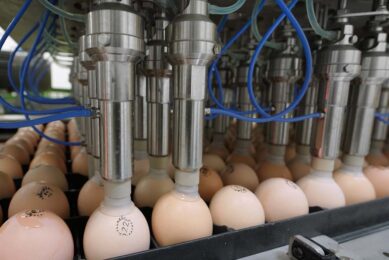
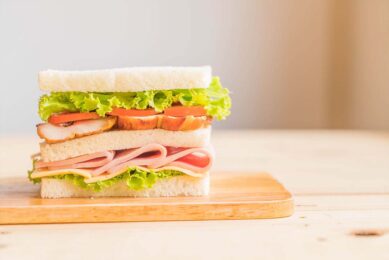
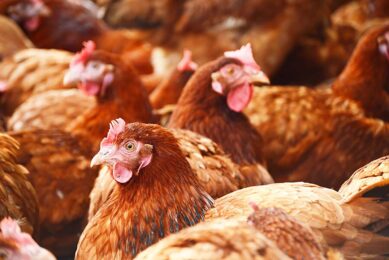
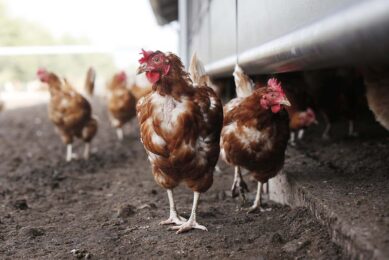



 WP Admin
WP Admin  Bewerk bericht
Bewerk bericht